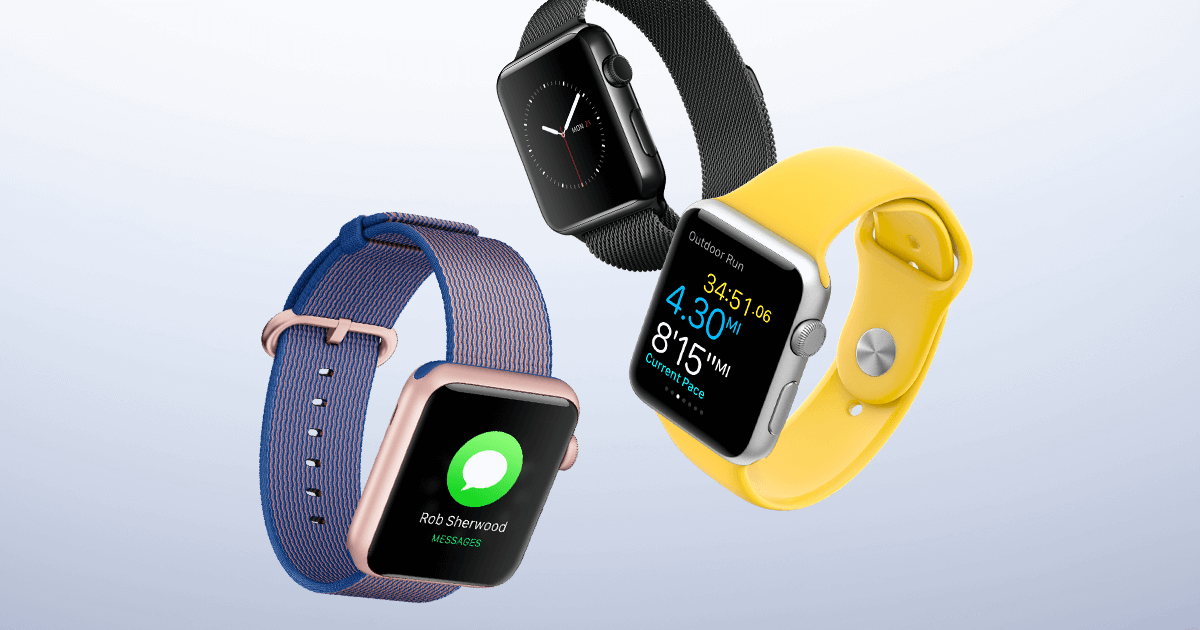- Get link
- X
- Other Apps

Perhaps you are in such a situation: you are in a hurry for an important meeting and your watch says that you have time. But to your disappointment, your partner says you are late. Wall clock shows that you are five minutes late. After recovering from this, of course, heavy shocks, you wonder: how is this even possible? After all, you are one of those people who acquire new watches, immediately adjusts them exactly - to the nearest second.
Why do watches around the world differ so much in testimony? And whose time is right: yours or your partner, for example? Is it worth worrying about discrepancies per minute? First, let's remember a little the history of watches.
Brief history of (exact) time
Of course, the first people did not wear watches. And they didn’t really need them, because the lifestyle of hunter-gatherers does not require knowledge of train schedules or fines for late arrivals. But the development of civilization and the division of labor puts great pressure on people: they are forced to work together, because it will be most effective. The first innovation that led us along this path was the sundial, which measures the shadow cast by the sun. The Egyptians, who were concerned about counting the time at night, so that their priests knew when to perform the rituals, invented the water clock: essentially, a giant vase with a hole in the bottom, measuring the hours drop by drop. In medieval Europe, in the 1300s, the invention of a mechanical clock made it possible to track time exactly. The first mechanical clock could be 15 minutes behind, but thanks to the invention of the pendulum clock by the Danish scientist Christian Huygens in the late 1600s, the daily loss of time was reduced to only 10 seconds. In the 1850s, American Watch Co. in Waltham, Mass., produced the first mass-produced pocket watch, which allowed people to keep track of time wherever they went.

And so, when everyone had a watch, another question arose: for how long should everyone orient themselves? In the 19th century there were hundreds of variations of local time, each of which was determined by large clocks in local courts or city halls, which, in turn, were tuned to the noonday sun in each place. And if it is noon in Chicago, it is 11:40 in St. Louis and 12:18 in Detroit. This was a serious problem for the developing railway industry: trains needed precise timetables. The railways themselves tuned the clocks at the stellar observatories of Harvard College, from where they received time by telegraph. To eliminate discrepancies between local and railway time, in 1883, railway companies divided the USA into four time zones, each with their own time, and put the cities before a choice: to adapt or face economic isolation. Ultimately everything was synchronized.
In the 20th century, scientists developed clocks tuned to vibrations of crystals and even individual atoms, which gave them the ability to measure time in such tiny units - up to trillionths of a second - that they went beyond the normal, unarmed human perception. Therefore, we all have the same time on the clock and are not late at the meeting (well, except when we are late).
Why is the accuracy of watches so different?
Purely theoretically, we should be synchronized like ... like an atomic clock. Starting from the 1970s, the appearance of a quartz watch on batteries provided ordinary children with access to the exact time technology, which once was available only to scientists and technicians. Usually, if you expose a tiny piece of quartz to electricity and then bend it, the crystal will give a relatively constant electrical signal that can be used to operate an electronic dial. By the early 2000s, quartz watches became so popular that the share of mechanical watches on the world market dropped to just 13%.
But consumer-grade quartz watches are not completely accurate. Do not forget that we are talking about relatively cheap miniature devices that are produced in large quantities at the factory - and not about some kind of device for a couple of million dollars collected in a laboratory. Even the most expensive quartz crystal watches in a jewelry store will rely on mechanical vibrations, the frequency of which is influenced by a number of factors, including the size and shape of the crystal. The two quartz crystals will not be completely identical, and this will lead to a slight divergence between the two pairs of watches on the assembly line. The accuracy of such watches will also be affected by external factors, such as temperature and humidity.

As a result, quartz watches tend to lose slightly over time - the emphasis on the word "slightly." Experts believe that consumer-grade quartz watches, as a rule, lose from one tenth to two seconds per day - for a long period this discrepancy, if not corrected, will lead to a few minutes lag. Also, researchers say that cheap watches are a bit more accurate.
Setting the exact clock
Well, if even cheap quartz watches are lagging less than a second a day, why are your watches lying so much if you are late for a meeting? Most likely, you didn’t start them when you had to either set the wrong time initially, or you were constantly moving, exposing your watch to temperature and humidity variations. But buying a new watch is not necessary. It will be enough to check them every two months.
The exact time can be checked on the site www.worldtimeserver.com.
The article is based on materials .
- Get link
- X
- Other Apps
Comments
Post a Comment